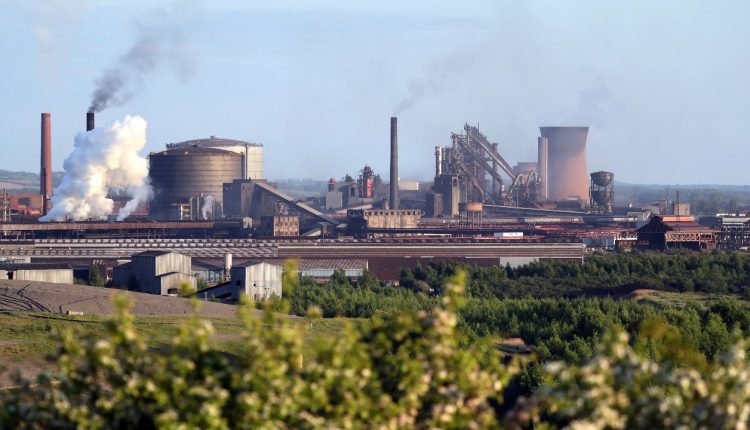British Steel is in talks with the UK government about funding for a shift to cleaner manufacturing, which would include shutting blast furnaces and probable job losses.
Owned by China’s Jingye Group, Britain’s second-biggest steelmaker on Monday outlined a 1.25 billion pound ($1.55 billion) plan to make steel in a less carbon intensive way by installing electric arc furnaces at its sites in Scunthorpe and Teesside, northeast England, replacing aging blast furnaces.
Unions have warned the shift could lead to between 1,500 and 2,000 job losses, as the new facilities would require fewer workers. The company currently has a workforce of 3,200.
CHEVRON TO ACQUIRE HESS IN $53 BILLION DEAL
In a deal in September aimed at securing the future of Tata Steel, Britain’s biggest steelmaker, the government pumped 500 million pounds into the company, which alongside British Steel has complained that high energy costs make it uncompetitive.
British Steel wants a similar level of government support.
“We remain in talks with the government,” British Steel CEO and President Xijun Cao said in a statement, adding its proposals were subject to “appropriate support” from the government.
Britain has offered British Steel a package worth more than 300 million pounds, the government’s Business and Trade ministry said.
“It is for British Steel to manage commercial decisions for the future of the company, and we cannot comment on ongoing commercial negotiations beyond that,” a government spokesperson said.
Under the deal with Tata Steel, the government said 5,000 jobs would be safeguarded, raising the prospect of 3,000 redundancies from a UK workforce of 8,000.
British Steel said it had started talks with trade unions about its plans and aimed to have the new furnaces operational by late 2025.
The Trades Union Congress (TUC) umbrella union group called on the company to halt its plans and get around the table with unions.
“Workers won’t stand back and watch as Britain’s steel industry is dismantled in real time,” the TUC said in a statement.
Read the full article here

